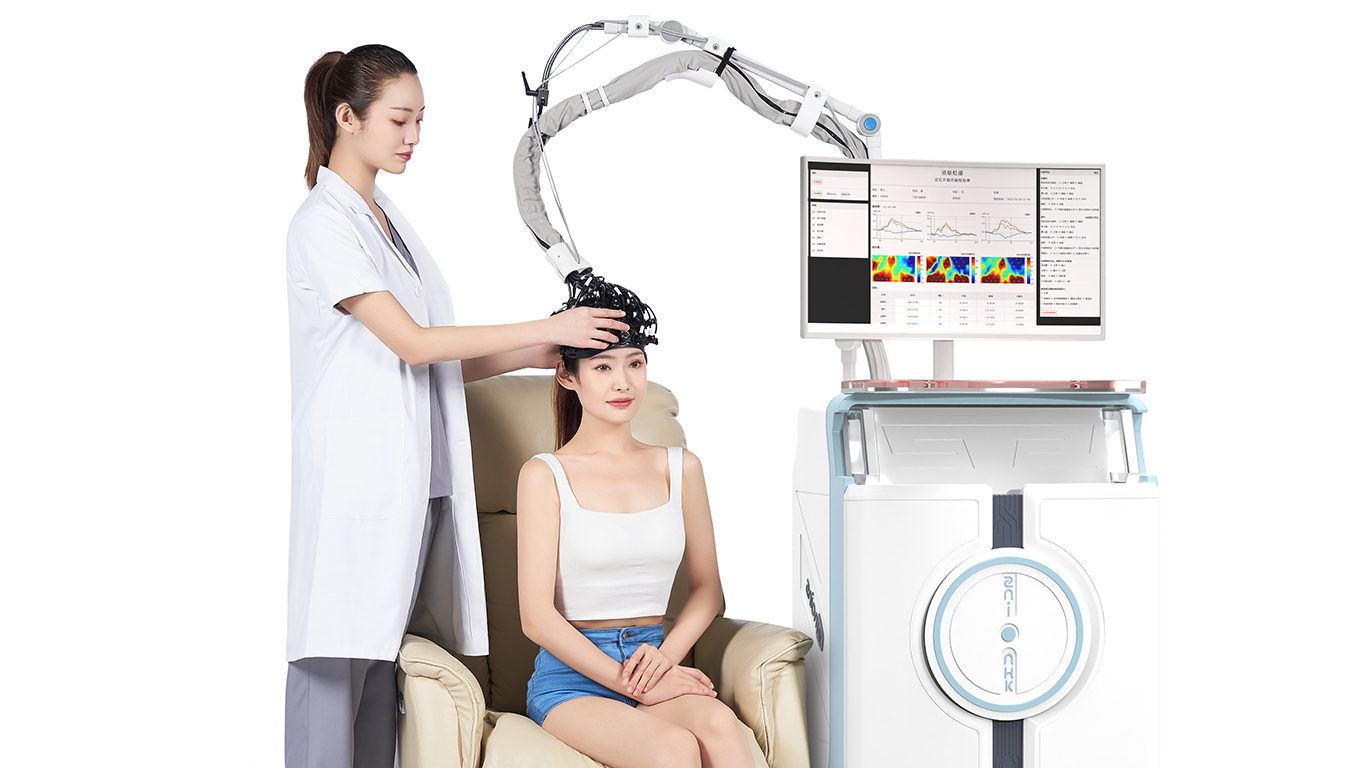ARTICLE OPEN
Transcutaneous electrical acupoint stimulation for children
with attention-deficit/hyperactivity disorder: a randomized
clinical trial
Lixia Zhuo
1,6
, Xiaoyan Zhao
2,6
, Yifang Zhai
1,6
, Boqiang Zhao
1
, Lin Tian
2
, Yannan Zhang
2
, Xiaodan Wang
1
, Tingyu Zhang
3
, Xinyi Gan
1
,
Cheng Yang
1
, Weigang Wang
4
, Wei Gao
1
, Qiang Wang
1
, Luis Augusto Rohde
5
, Jie Zhang
2✉
and Yan Li
1✉
© The Author(s) 2022
Little is known about the effects of transcutaneous electrical acupoint stimulation (TEAS) for children with attention-deficit/
hyperactivity disorder (ADHD). Here, we carried out a 4 week randomized clinical trial in which patients aged 6–12 years old with
an ADHD diagnosis received TEAS or sham TEAS. The primary outcome measure was the investigator-rated Clinical Global
Impression-Improvement (CGI-I) score at week 4. Secondary outcomes included changes from baseline to week 4 in the
investigator-rated Clinical Global Impression-Severity of Illness (CGI-S) score, the Conners’Parent/Teacher Rating Scales-Revised:
Short Form (CPRS-R: S/CTRS-R: S) score, go/no-go task performance, and functional near-infrared spectroscopy (fNIRS)-based
oxygenated hemoglobin level within the prefrontal cortex. At week 4, the CGI-I score indicated improvement in 33.3% of the TEAS
group compared with 7.7% of the sham group (P=0.005). The TEAS group had a greater decrease in the mean CGI-S score (−0.87)
than the sham TEAS group (−0.28) (P=0.003). A greater enhancement in the mean cerebral oxygenated hemoglobin within the
prefrontal cortex was found in the TEAS group (0.099 mM mm) compared with the sham TEAS group (0.005 mM mm) (P< 0.001).
CPRS-R: S score, CTRS-R: S score, and go/no-go performance exhibited no significant improvement after TEAS treatment. The
manipulation-associated adverse events were uncommon in both groups, and events were very mild. Our results show that
noninvasive TEAS significantly improved general symptoms and increased prefrontal cortex bloodflow wit
外2022 经皮电穴位刺激治疗注意缺陷_多动障碍儿童_一项随机临床试验。


